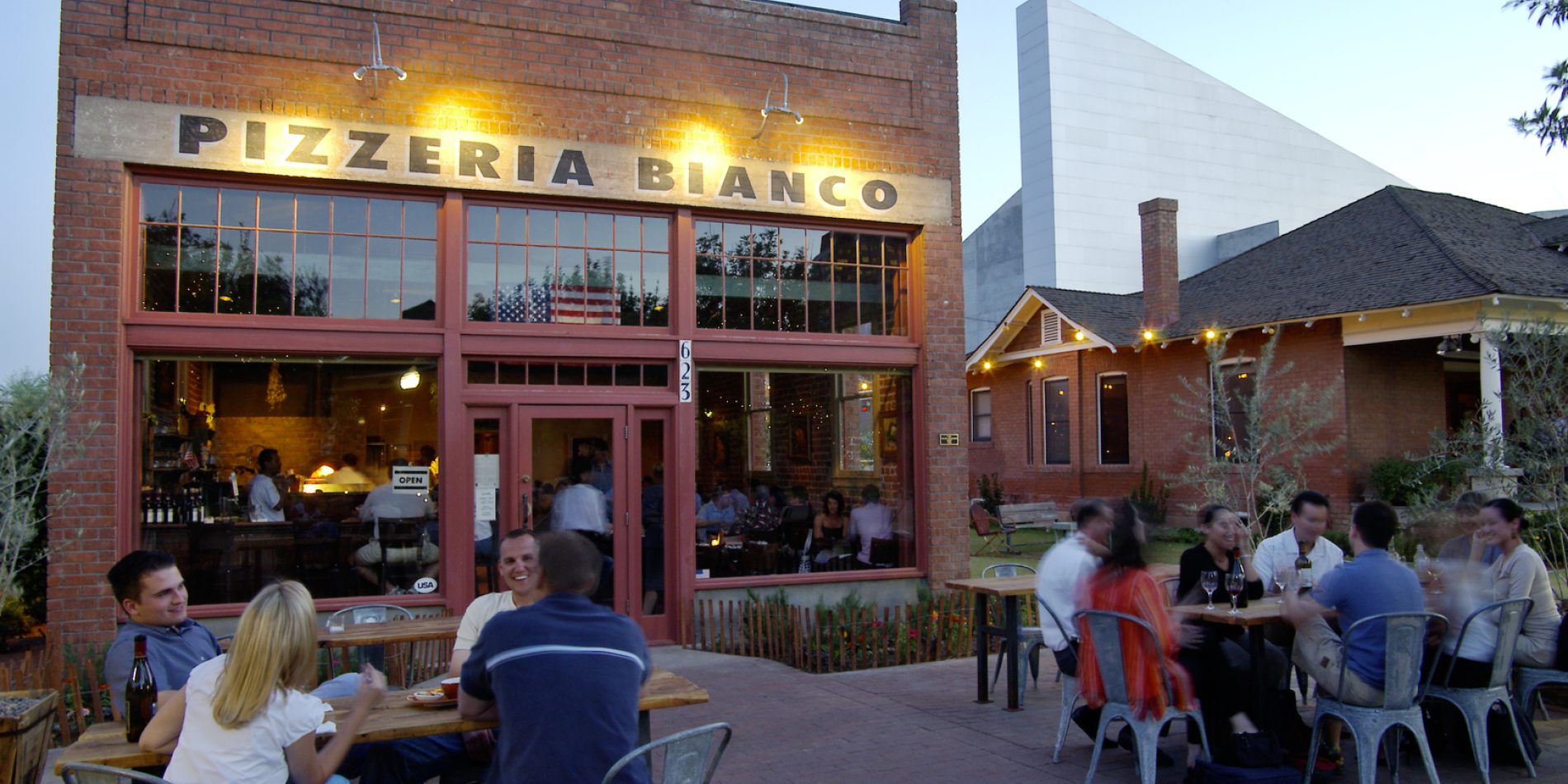Why Dining at Local Dining Establishments Supports Your Area and Delights Your Taste
Eating at local restaurants offers even more than simply a meal; it offers as an essential component in nurturing community vigor and financial durability. What might this imply for the future of local dining and community link?
Financial Impact of Regional Eating

The financial effect of local dining extends far beyond the dining establishment itself, affecting a vast array of industries within the area. Local dining establishments play a critical role in promoting financial development by developing jobs, sustaining local vendors, and adding to local incomes. When consumers select to eat at local facilities, they help sustain employment for chefs, servers, and maintenance staff, thus improving the local job market.
In addition, regional dining establishments often source components from neighboring ranches and manufacturers, promoting a durable supply chain that profits different agricultural sectors. This technique not just sustains neighborhood economies yet additionally urges lasting farming practices. Additionally, the sales tax created from these restaurants contributes to essential civil services, such as education and infrastructure, which additionally improves area lifestyle.
Additionally, neighborhood dining facilities commonly foster a feeling of area, drawing in citizens and site visitors alike, which can cause boosted foot website traffic in surrounding services. This interconnectivity among neighborhood business enhances financial strength, developing a vivid and lasting area ecosystem. In significance, the support of regional eating is an investment in the more comprehensive economic health and wellness of the location, advertising growth and sustainability for future generations.
Special Cooking Experiences

Additionally, several neighborhood establishments embrace farm-to-table methods, emphasizing the importance of seasonal produce. Diners can enjoy the freshness of active ingredients sourced from close-by farms, which not only improves taste however additionally promotes a connection to the regional landscape. This commitment to high quality and region sets the stage for distinctive culinary experiences that are usually absent in chain restaurants.
Moreover, regional cooks often explore blend food, blending diverse culinary traditions to create exciting brand-new recipes. Such technology not just entices the taste buds however likewise motivates adventurous dining, inviting clients to widen their cooking horizons. Engaging with local restaurants allows diners to enjoy dishes that are not nearly nutrition, yet concerning the virtuosity and enthusiasm that define the culinary globe, making every dining experience really unique and fascinating.
Fortifying Neighborhood Bonds
Dining at neighborhood dining establishments plays an essential function in strengthening community bonds by cultivating connections among homeowners. These facilities serve as vital celebration locations where individuals can involve in purposeful conversations, share experiences, and create lasting memories. As clients constant the exact same local places, they grow a sense of knowledge and friendship, reinforcing social connections within the neighborhood.
Additionally, local dining establishments commonly show the unique social textile of their areas, showcasing local customs and cooking heritage. This event of regional culture not only boosts community identity however additionally urges citizens to take pride in their environments. By participating in the regional dining scene, individuals contribute to a common story that binds them with each other.
Area events organized at restaurants, such as open mic nights, charity events, or food festivals, even more enhance these links. They give opportunities for partnership and interaction amongst varied groups, promoting inclusivity and understanding. As homeowners gather to support local services, they at the same time sustain one another, developing an helpful site interconnected network that enhances the community's durability.
In essence, eating at local restaurants is not simply about food; it is an improving experience that strengthens area bonds and grows a vivid, united neighborhood culture.
Sustaining Regional Farmers and Manufacturers

This practice minimizes transport prices and discharges, promoting ecological sustainability while additionally improving the taste and high quality of the meals served. Seasonal menus, which highlight regional fruit and vegetables, enable dining establishments to supply unique cooking experiences that show the area's farming bounty.
Furthermore, supporting regional farmers aids maintain typical farming practices and urges biodiversity. It encourages small producers, permitting them to grow in a progressively industrialized food system. As neighborhood restaurants choose to partner with these farmers, they aid preserve a vivid farming neighborhood, ensuring that regional food systems remain durable.
Essentially, eating at regional dining establishments is not just regarding delighting in a meal; it is an investment in the local economy and an affirmation of lasting techniques. By picking neighborhood, restaurants play a necessary duty in supporting their areas and sustaining the diligent individuals who cultivate their food.
Preserving Local Society and Heritage
Rooted in the traditions of their communities, neighborhood dining establishments offer as vital custodians of cultural heritage. By showcasing local active ingredients and standard food preparation techniques, these establishments protect the distinctive flavors and cooking practices that specify regional identification. Each meal informs a story, showing historic impacts and social narratives that have actually formed the neighborhood over generations.
Additionally, local restaurants usually promote time-honored dishes passed down through families, guaranteeing that unique cultural methods live. This not only informs patrons regarding the community's heritage but additionally cultivates a sense of pride and go right here belonging amongst locals. The environment, decoration, and even music in these facilities commonly echo the local culture, offering an all natural experience that transcends plain dining.
In addition, regional restaurants add to the preservation of language and dialects, as food selections and discussions frequently include neighborhood vernacular. By participating in neighborhood occasions and parties, these dining establishments strengthen social bonds and promote cultural exchange. In significance, eating at neighborhood dining establishments is not merely a culinary experience; it is a possibility to involve with and support the abundant tapestry of regional culture and heritage, ensuring its connection for future generations.
Verdict
